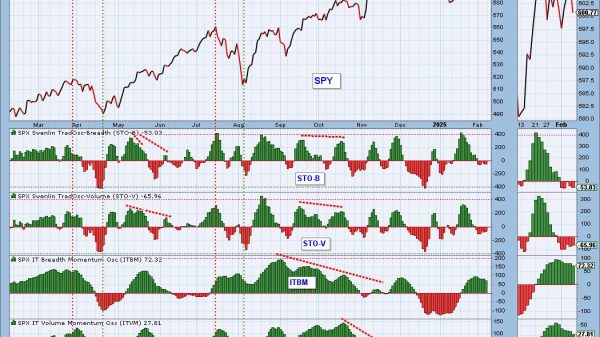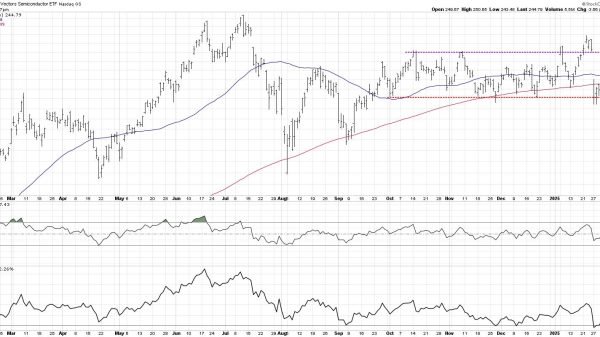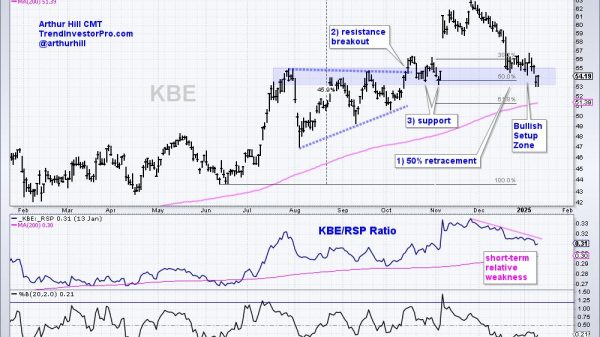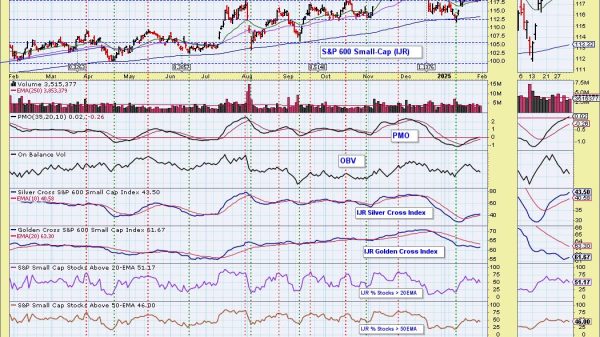Chris Edwards
America’s labor markets are generally free. Employers hire workers of their choice, and workers are free to seek employers that offer the best combination of compensation and working conditions.
However, labor markets suffer from harmful government interventions, including labor union laws. In the early 20th century, the idea that employers had too much bargaining power relative to employees began gaining favor. Congress responded in the 1930s with the Davis–Bacon Act, the Norris–LaGuardia Act, and the National Labor Relations Act (NLRA). These laws allowed worker cartels called labor unions, which replaced individual employment agreements with so-called collective bargaining.
In a new Cato study, Charles Baird, an emeritus professor of economics at California State University, argues that the labor laws of the 1930s are deeply flawed. They damage the economy and violate individual rights, particularly the freedom of association.
The NLRA imposed exclusive representation on employees and employers, which means monopoly unionism. Exclusive representation implies that individuals do not own their labor, but rather a majority of their colleagues do. Dissenting workers have union representation forced on them, and they lose their individual voice.
The 1930s labor union laws were premised on the false idea that management and labor are enemies in the workplace, notes Baird. The reality is that individuals and businesses work together to produce products for consumers. Management and labor are complementary, not rivalrous, inputs to value generation in the economy.
The new Cato study is a great introduction to federal labor union laws from a libertarian perspective. Baird concludes that American workers would enjoy more freedom and prosperity if the labor laws of the 1930s were repealed.























